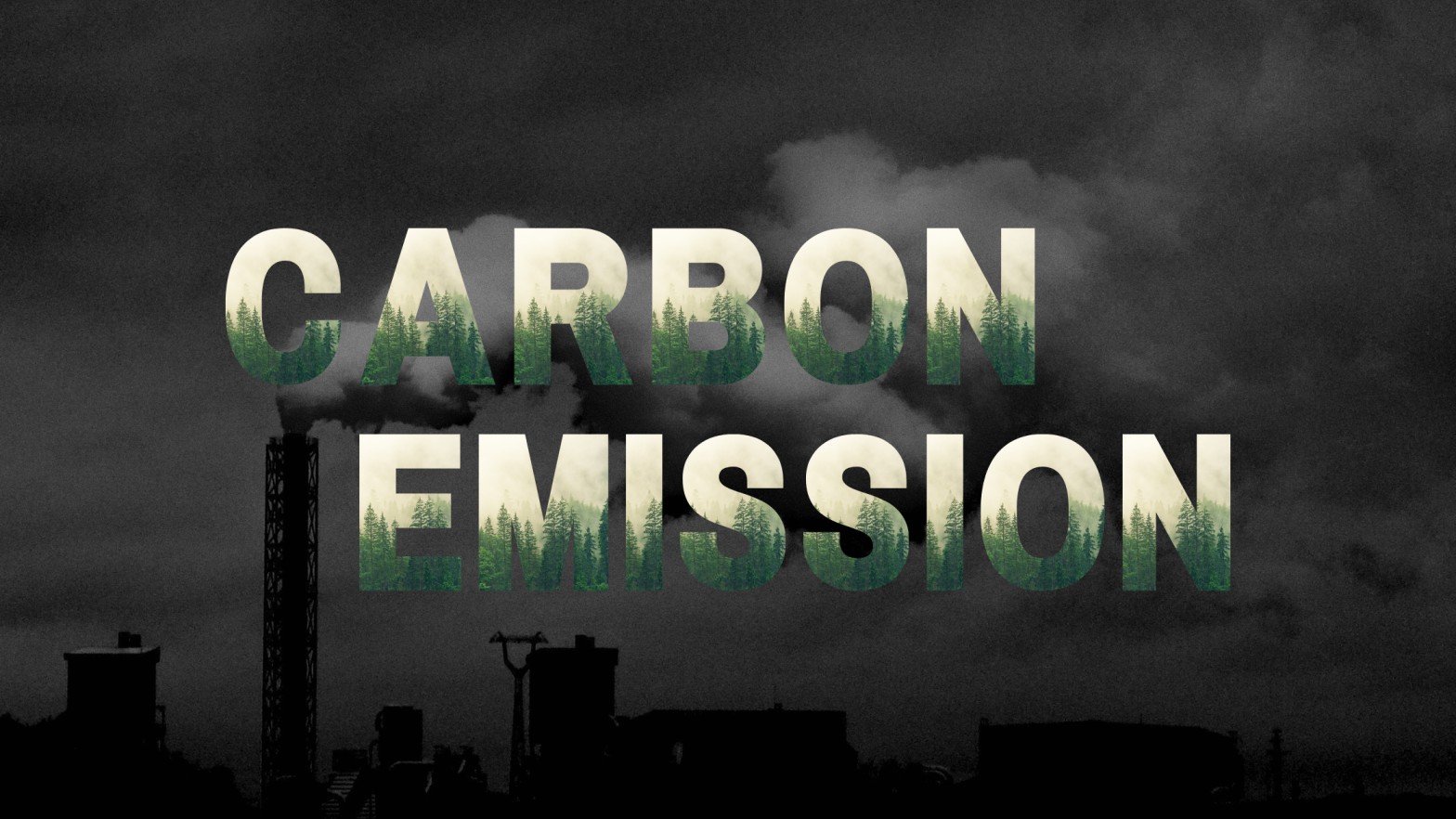
How to Identify Quality of Solar Panels
Any proposal to build a solar power plant, whether it be on the ground or a roof, needs to keep in mind the quality of the photovoltaic solar panels. In fact, the quality of the photovoltaic modules you select will affect how quickly your solar power plant pays for itself by ensuring you have the best possible long-term solar energy production.
In order to be sold on the global market, photovoltaic modules must comply with a number of standards set by the IEC (International Electrotechnical Commission).
The following are these criteria to ensure quality of Solar Panels:
A guarantee of quality in terms of adherence to electrical parameters and mechanical stability is certified by the standard IEC 61215 (crystalline) or IEC 61646 (amorph). The specifications of this standard concern the certification of the design and approval of solar modules for use on land and for extended periods of time.
IEC 61730 is a standard that explicitly covers the prevention of electric shock, fire hazards, and physical harm as a result of mechanical and environmental limitations.
This standard is a companion to IEC 61215, which regulates electrical performance, and focuses on the safety features of the modules.
Top factors to keep in mind while ensuring quality,
The Guarantee:
At Greenon Energy, we cater to a wide range of Top Solar Panel brands with a minimum guarantee of 25 years.
The Price:
The cost of a 1kW Solar On Grid Plant AO1kW-Aether Series-Polycrystalline is ₹60,000 and 1kW Solar On Grid Plant AP1kW-Aether Pro Series-Monocrystalline is ₹70,000.
We at Greenon only use branded quality products, beware of very low prices on solar panels it is usually a sign of a minimum quality equipment with guarantees sometimes questionable.
The Manufacturer of Solar Panels:
Investigate the reputation of the solar panel manufacturer. We at Greenon Energy cater to a wide range of Top Solar Panel brands for customers to choose from like Vikram, Waaree, Adani (Indian)
Canadian Solar, Jinko Solar, Panasonic, LONGi Solar, JA Solar, Trina Solar (International Brands)
Technology Integrating Solar Panels:
Polycrystalline or Monocrystalline? Which solar cell technology have you chosen and why? Make sure the solar panel technology meets your needs, expectations and is adapted to the production context of your solar power plant.
Power Tolerance:
Your solar panel’s power output is represented by this. For instance, a 165W module with a +/- 5% tolerance could actually output between 156.75W and 173.25W.
The finest photovoltaic solar panels guarantee that you will receive at least the panel’s declared output power thanks to their “positive only” power tolerance.
A 200W solar panel, for instance, will produce a minimum of 200W and a maximum of 210W with a tolerance of +5%/-0%.
Heat Flow Equation:
Your solar panel’s electrical behavior at a standard working temperature of 25 ° is revealed by the temperature coefficient. Since this coefficient is represented in “% by ° C” units, the better the solar panel, the lower the coefficient. Conversely, the solar module will produce less in cases of extreme heat or at the start of the afternoon the greater the number.
A solar panel with a high temperature coefficient is of inferior quality. A reasonable figure is in the range of 0.5%, while the best solar panels only achieve 0.3%, and 0.7% denotes a poor performance coefficient and unreliable photovoltaic equipment.
The Protective Film:
The protective film is located on the back of the module; make sure it is completely flat and free of air bubbles, as the opposite would indicate poor quality.




